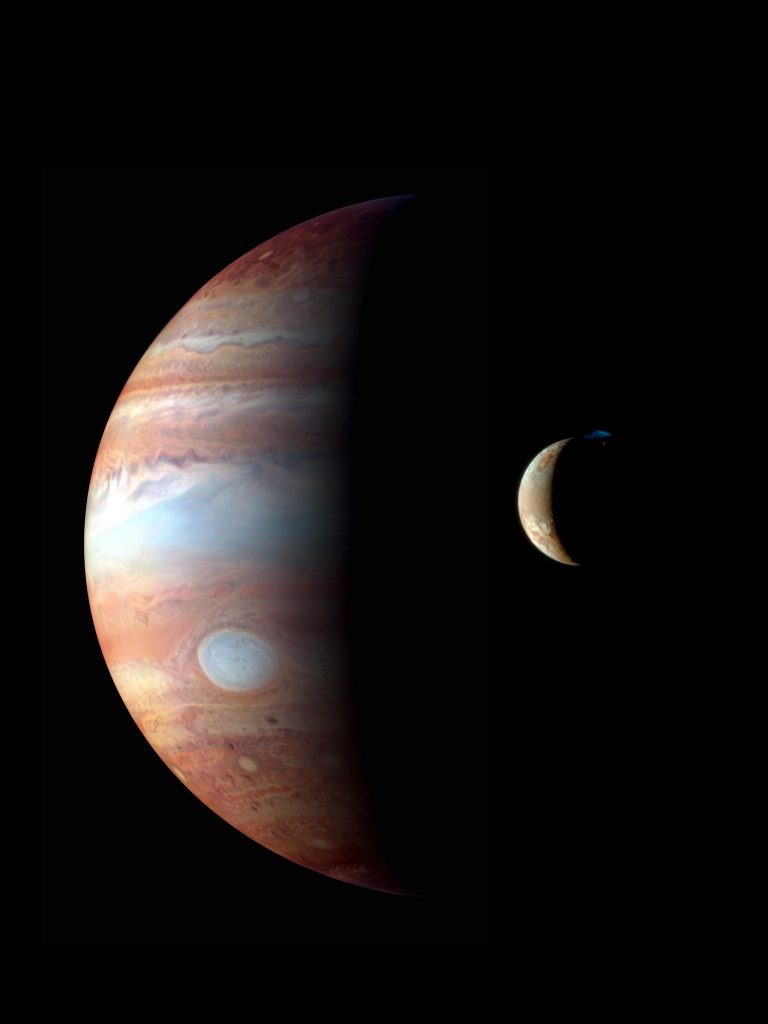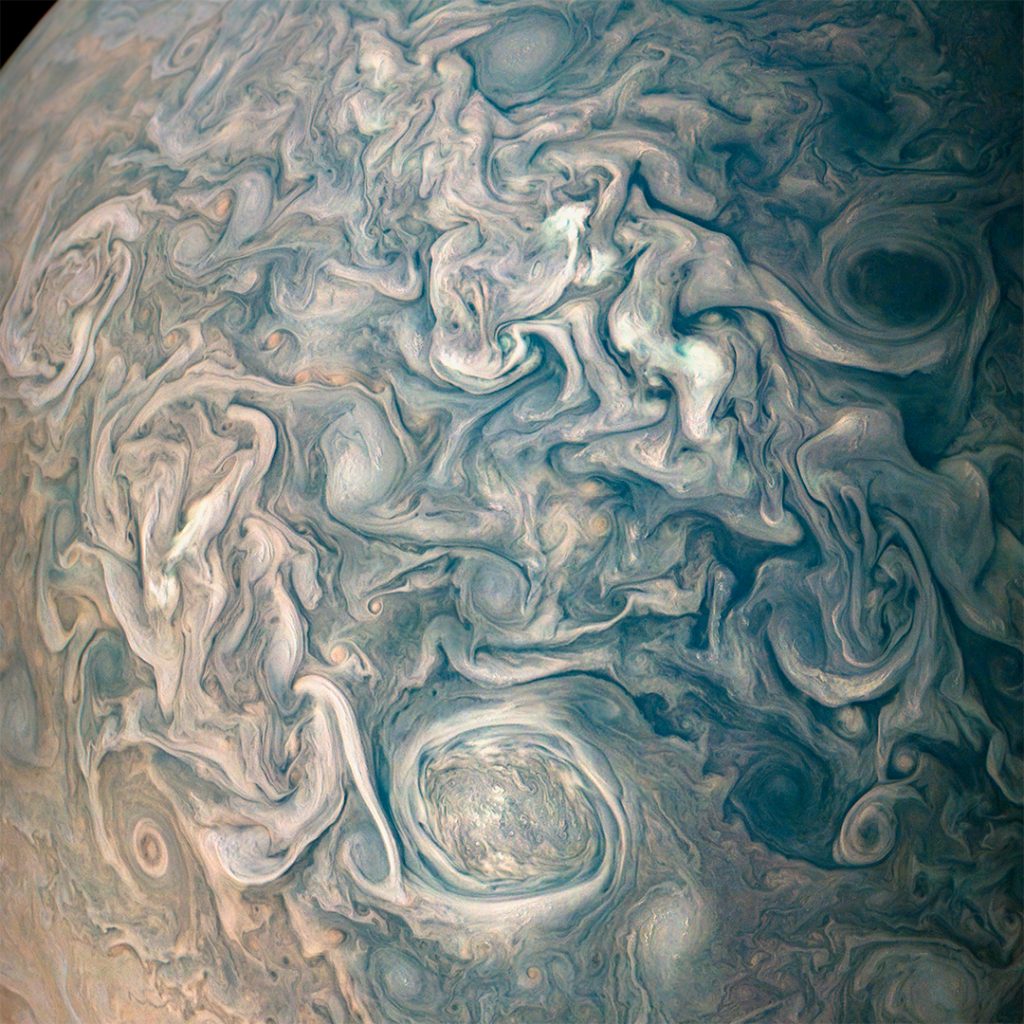Recently, scientists revealed one of the clearest-ever images of Jupiter, composed of hundreds of photos taken by the Gemini North Telescope in Hawaii.
In celebration of that, we thought we’d dive back through the ages and look at how our view of the largest planet in our solar system has changed through the centuries.

Scientists have just unveiled a breathtakingly clear image of Jupiter. We went back and traced our view of the planet through the ages.
One of the incredible things about Jupiter is its infamous Great Red Spot. The spot represents a storm which has been raging on the planet for hundreds of years. Officially observed since 1830, there are reports of the spot dating back to 1665, which could mean that the storm has existed for more than 350 years. In the early 20th century, the massive spot measured more than 40,000 km – big enough to contain three Earths. Scientists are still unsure of the origins of the storm. Check out some images of Jupiter and its Great Red Spot below.
1879

One of the oldest photos of Jupiter, taken in 1879.
1891

A photo taken in 1981 at the Lick Observatory, Mt. Hamilton, California.
1973

The first up-close photos of Jupiter taken by NASA’s Pioneer 10 on December 4, 1973. Pioneer 10 was launched the year prior and was the first spacecraft to travel through the asteroid belt and approach Jupiter. Its journey opened the way for human exploration of the outer solar system. The spacecraft came within 81,000 miles of Jupiter.
1974
A photo captured by Pioneer 11 in 1974 from above Jupiter’s north pole.
1979

A time-lapse sequence taken by Voyager 1 dubbed the Voyager “Blue Movie” which depicted the motion of the atmospheric bands, taken over a period of 60 days at regular intervals.
2000

A true-colour simulated view of Jupiter made of 4 images taken by NASA’s Cassini spacecraft on December 7, 2000. You can make out a shadow on the planet cast by Jupiter’s moon Europa.
2007

An image created from a montage of Jupiter and its volcanic moon Io. The images were taken by the New Horizons spacecraft in 2007. The large blue circle is actually the Great Red Spot. Blue clouds represent high altitude clouds, whilst red clouds indicate lower altitude. A massive eruption can be seen occurring on Io at the northern volcano Tvashtar.
2017

A true-colour image of Jupiter’s Great Red Spot created by Björn Jónsson which offers a view of what it would like to human eyes, with the tumultuous atmosphere around the spot clearly visible. The image was created using data from the JunoCam imager on NASA’s Juno spacecraft from its seventh close flyby of the planet.

A compilation image of Jupiter’s northern hemisphere in all its stormy glory captured by NASA’s Juno spacecraft.

A colour-enhanced image captured by NASA’s Juno spacecraft which captures the turbulent cloud formations within Jupiter’s northern hemisphere. Darker parts of the image indicate that the clouds are deeper in Jupiter’s atmosphere, whilst lighter clouds are higher. The image was created by Gerald Eichstädt and Seán Doran using data from the spacecraft’s JunoCam imager. Check out more in this series here.
2019

The image of Jupiter published recently which was taken last May by NASA’s Hubble Telescope. The high-resolution photo was captured using a “lucky imaging” technique. The technique uses short exposure images and selects only the sharpest ones, captured when Earth’s own atmosphere is briefly stable.
Speaking on the image the Gemini Observatory described:
“The Gemini images, when combined with the Hubble and Juno observations, reveal that lightning strikes, and some of the largest storm systems that create them, are formed in and around large convective cells over deep clouds of water ice and liquid. The new observations also confirm that dark spots in the famous Great Red Spot are actually gaps in the cloud cover and not due to cloud color variations.”




